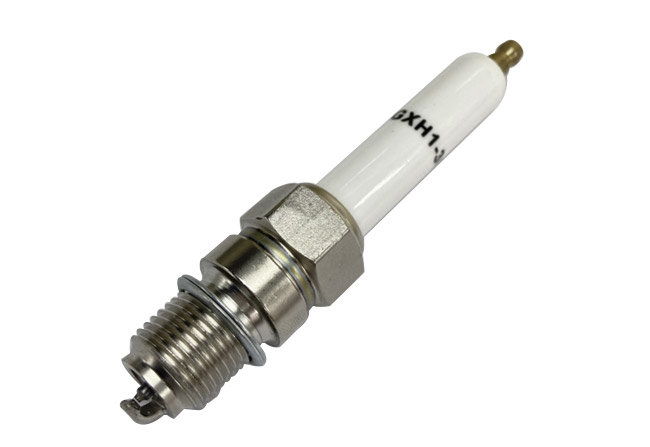Automotive Spark Plugs are small but mighty! They ignite combustion by emitted electricity across a tiny gap, then ignite the air/fuel mixture within the engine's cylinder. The combustion event produces power, and the piston travels back up the cylinder, pushing exhaust out the exhaust port. The spark plugs themselves are made to withstand extreme heat and pressure inside the cylinder, as well as contaminants. They are a vital component of your vehicle's ignition system.
Most plugs are located in the cylinder head on top of the engine block, making them easy to access. In front-wheel drive vehicles, you might need to remove the engine cover in order to reach them. V6 engines may also require the removal of the air intake system in order to reach the plugs. Generally, automotive spark plugs come with a gasket. It's important to choose the correct spark plug for your car's model and make before you change any other parts.
Today, automotive spark plugs come in a variety of styles. Copper-chromium spark plugs have copper cores with a nickel alloy tip, but they can't last as long as other materials. Ceramic plugs have excellent thermal conductivity but are less durable. The most common cause of a bad spark plug is age, which deteriorates the material and the spark. In addition to age, a spark plug can become defective after a certain amount of time.
Regardless of the type of ignition system you have, a spark plug will eventually burn through fuel and emit exhaust gases. Fortunately, the majority of automotive spark plugs are designed to prevent this problem. However, some manufacturers make them more heat-resistant. One way to do this is to cut channels into the insulator's surface. These channeled areas will keep the flame from becoming too hot. However, some spark plugs will feature a split end to reduce the flame's contact with the side electrode.
The most common type of automotive spark plug is the single-pole, multi-core style. This plug is designed with a central electrode that is covered in a ceramic insulator. This is connected to a metal shell which grounds into the engine block. The spark plug's center electrode protrudes from the ceramic insulator. The spark is the energy source that ignites the air-fuel mixture in the compression stage of the combustion process.
Another type of automotive spark plug is the hot one. The insulation helps maintain the high temperature of the plug. It also burns carbon deposits, resulting in a longer time between changing spark plugs. This makes the whole process more efficient and reduces the risk of catastrophic failure. If you don't replace your automotive spark plugs, you risk damaging your engine's catalytic converter and costing yourself a significant amount of money. If you're thinking of a career in automotive spark plug repair, consider enrolling in an Automotive Technology program. You'll learn more about the components of the combustion process, as well as have hands-on experience.
The automotive spark plug industry is primarily focused on passenger cars. Its demand will grow as OEMs develop alternative fuel and gasoline engines. In Europe, the growing popularity of diesel engines and the decline of the demand for factory fitted glow plugs are major factors driving the market. However, the trend towards higher fuel economy and fewer emissions will further drive the market growth of the automotive spark plug industry. The automotive spark plug market is anticipated to grow at a moderate pace over the next five years.
